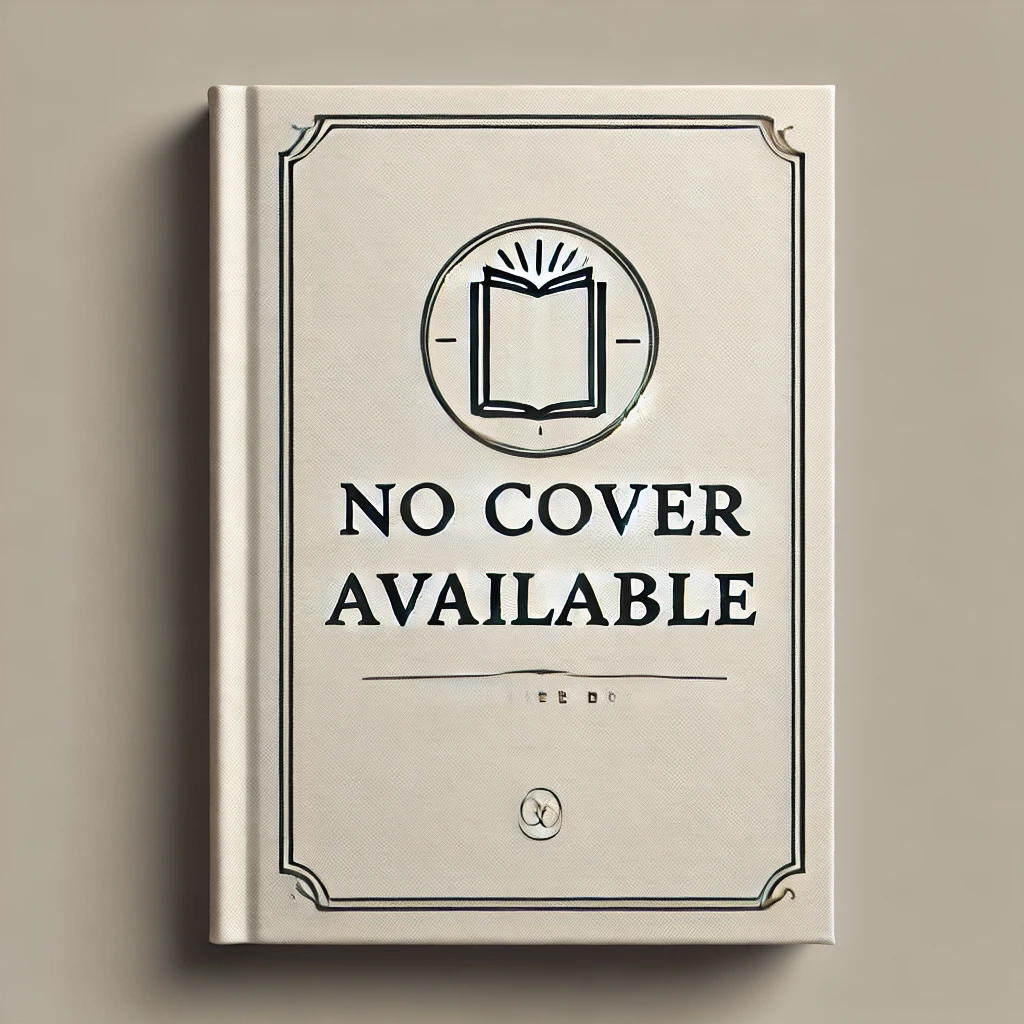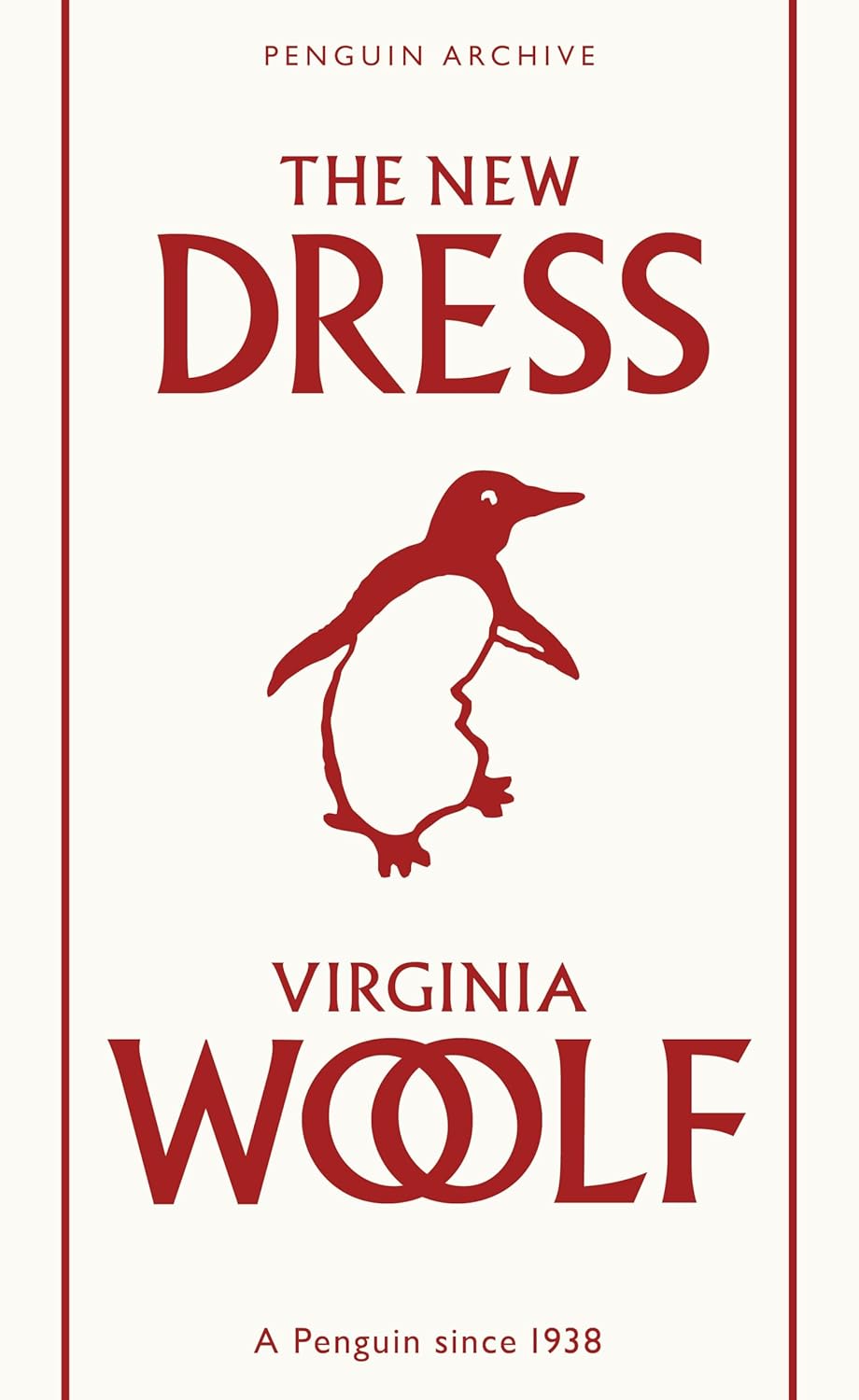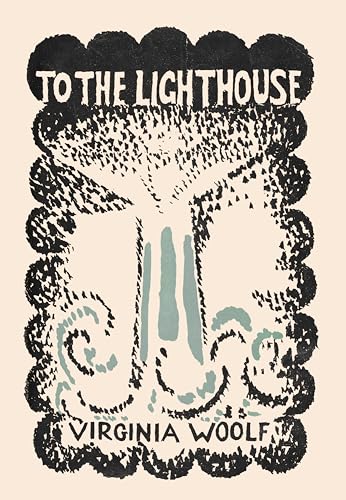One of the best examples of Woolf's modernist innovation, the story starts in Jacob's childhood and follows him through college at Cambridge, and then into adulthood. The narrative is told mainly through the perspectives of the women in Jacob's life, including the repressed Clara Durrant and the uninhibited young art student Florinda, with whom he has an affair. His time in London forms a large part of the story, though towards the end of the novel he travels to Italy, then Greece. Virginia Woolf, an English writer, one of the foremost modernist literary figures of the twentieth century. Woolf was a significant figure in London literary society and a member of the Bloomsbury Group, an enormously influential gathering of English writers, intellectuals, philosophers and artists. Their works and views deeply influenced literature, aesthetics, criticism, economics, and modern values and attitudes.
Virginia Woolf
Virginia Woolf was a prominent English writer and modernist literary figure. Known for her stream-of-consciousness writing style, she challenged traditional narrative structures and explored themes of gender, class, and mental health in her works. Some of her most notable works include "Mrs. Dalloway," "To the Lighthouse," and "Orlando." Woolf's contributions to literature include her innovative approach to character development and narrative technique, as well as her exploration of the inner lives of her characters. Her most famous work, "Mrs. Dalloway," is considered a masterpiece of modernist literature and a reflection of Woolf's unique literary voice. Woolf's impact on the literary genre is undeniable, as she paved the way for future generations of writers to experiment with form and style in their own works.



